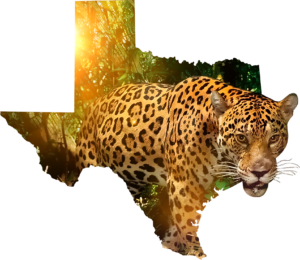
Jaguars in Texas? The Forgotten History and Wild Future of America’s Apex Predator
In the dense brushlands of South Texas, among the thorny mesquite, cactus patches, and winding creeks, a ghost moves silently. With golden eyes and a
In the year 2014, amidst the bustling city life of Paris, a new journey was unfolding. Artist Tico Haroutiounian found himself captivated by a vision of mystical allure. Locked behind the bars of a Parisian zoo, was a Melanic jaguar (Panthera onca), exuding a captivating beauty and aura that held Tico spellbound. His attraction was twofold – a deep appreciation for the aesthetic allure of the creature’s patterns, its muscle structure, and intrigue towards the mystery surrounding this fabled animal. This allure birthed the concept of Tico’s Wild Studio, a venture fueled by Tico’s fervor to explore and capture the very essence of these creatures.
Melanistic Jaguars, often known as black panthers, are incredibly rare and intriguing due to their darkly pigmented fur, a result of a condition known as melanism. These majestic animals, with their glossy, onyx coats, are an epitome of natural allure, and their mesmerizing charm was not lost on Tico.
While these captivating felines are found in both Central and South America, Tico’s attraction gravitated more toward the Central American variant. Compared to its South American cousin, the Central American Jaguar is often smaller but more powerfully built. Their patterns of rosettes are generally larger, and their coloration often leans towards a richer, deeper gold – traits that become a shadowy, indigo-tinged black in Melanistic Jaguars.
Tico’s quest first led him to the Osa Peninsula of Costa Rica, where his fascination with the enigmatic beast deepened. This visit marked the beginning of an extraordinary adventure as he determinedly returned to the Osa Peninsula, resolute to photograph the elusive jaguar. Venturing into the heart of the wild, Tico endured the harsh realities of the dense, uncharted rainforests, tackling the perilous landscapes inhabited by deadly serpents such as the fer-de-lance (Bothrops asper) and the Black-headed bushmaster (Lachesis melanocephala).
Pushing the boundaries of human endurance, Tico crossed rivers where American crocodiles (Crocodylus acutus) menacingly ruled. He treaded through the domain of the jaguar (Panthera onca) and the puma (Puma concolor), every step bringing him closer to the enigma that had intrigued him for years.
Then came the day when Tico’s patience and determination were rewarded. Accompanied by two people, Arthur and Johanna. They had ventured deep into the jungle to check on Tico’s carefully arranged camera traps. The muggy, humid air was growing heavier as the sun began to set, and the nocturnal creatures of the rainforest began to stir in the thick undergrowth.
Johanna spotted something moving in the foliage. Tico, initially dismissing it as a common mistake often made in the dense twilight of the jungle, was compelled to investigate due to her insistence. Squinting through the dim light, his heart leaped as he recognized a familiar figure. Six meters away, partially concealed by the dense foliage, was Nubosa, a jaguar he had become familiar with through his footage. Their eyes met in a moment of understanding before she gracefully retreated back into the forest, leaving Tico with a renewed sense of awe and respect for these majestic creatures.
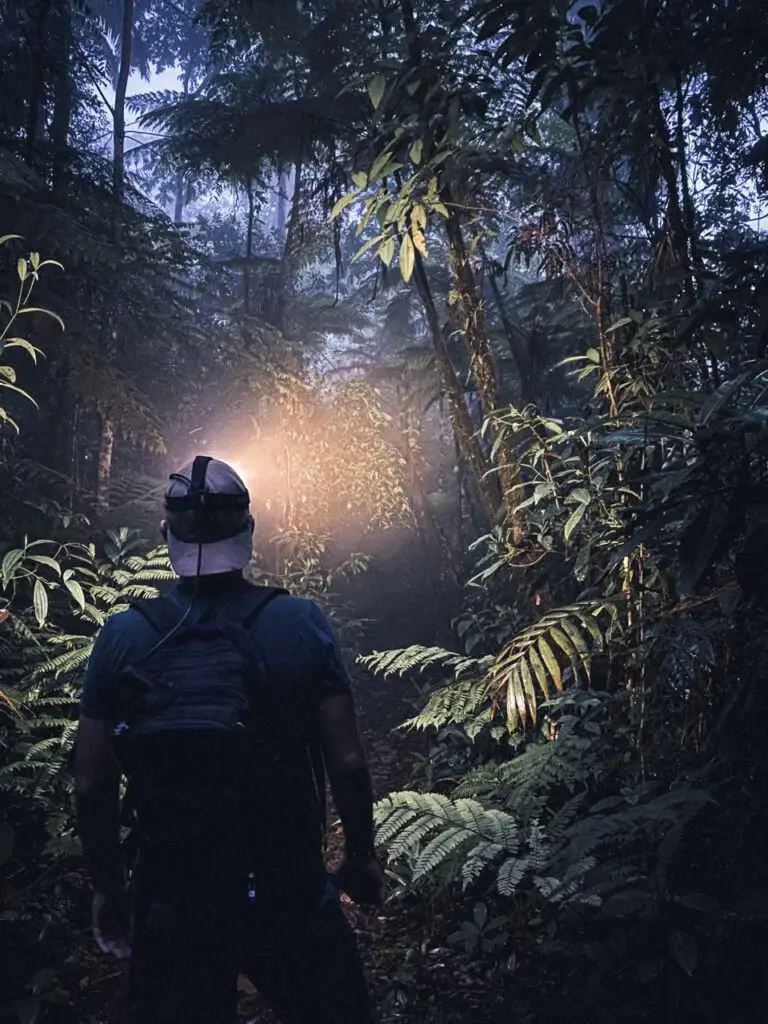
In his pursuit of the wild, Tico has not only managed to create an artistic sanctuary showcasing the beauty of the rainforest but has also founded the Sauvage non-profit organization. This organization’s mission is to conserve “Jaguar Avenue” (Avenida Jaguar), a hidden haven for jaguars and a focal point of Tico’s artistic and conservation work. By capturing the creatures of the rainforest in their most authentic moments, Tico hopes to inspire a deeper respect and understanding of the wild among viewers worldwide, ensuring these animals continue to captivate generations to come.
As we stand on the brink of the wilderness, Tico’s captivating work reminds us of the importance of preserving the natural world and the magnificent creatures that inhabit it. Tico’s relentless efforts to highlight the beauty of the wild and its inhabitants have been nothing short of extraordinary. However, he can’t do it alone.
To support Tico in his mission to document and conserve the wild, you can contribute by visiting his website, TicosWildStudio.com, where you can explore his stunning galleries, make a donation, or purchase prints of his incredible wildlife photography. Proceeds from these sales are directly invested into the Sauvage non-profit and the preservation of “Jaguar Avenue”.
Additionally, follow Tico on Instagram at @TicosWildStudio for regular updates, behind-the-scenes glimpses, and awe-inspiring snapshots of the rainforest and its creatures. Let’s join hands with Tico and help him continue this invaluable work, securing a future for our wild neighbors and their habitats.
By sharing Tico’s journey and supporting his mission, we can ensure that the magical world of the Osa Peninsula and the majestic jaguars continue to thrive for generations to come. Because, after all, we are all part of this interconnected world, and every small action can lead to a massive impact.
Grow Jungles plays a small role in enabling Tico’s Wild Studio, providing crucial support in Tico’s ongoing endeavors to capture the mystical allure of the Central American jaguar. By donating through the link here, you can join us in this vital mission, lending your support to ensure Tico can continue to unveil the remarkable stories of these majestic creatures.
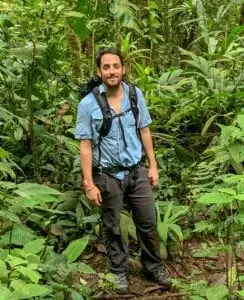
Founder of Grow Jungles

In the dense brushlands of South Texas, among the thorny mesquite, cactus patches, and winding creeks, a ghost moves silently. With golden eyes and a
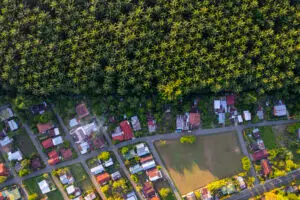
In a world increasingly driven by environmental consciousness, few things offer a greater sense of satisfaction than making a purchase that promises to benefit the
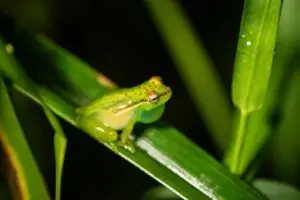
https://youtu.be/GjQ0pc5C5To?si=0fOw9htuS4Ay05Qm The journey to the discovery of Tlalocohyla celeste within the lush confines of Costa Rica’s Tapir Valley Nature Reserve is a tale of curiosity,